How Long Do Fences for Pools Last?
Pool fences are essential for safety around swimming areas, serving as a critical barrier against unauthorized or accidental entry. The lifespan of these fences directly affects both safety and aesthetic appeal, often making proper installation and maintenance a worthwhile investment. Understanding how long a fence can last entails considering material choice, environmental factors, and routine upkeep.
The primary goal of fences for pools is to minimize the risk of drowning, particularly for young children. Many jurisdictions require compliance with specific safety standards, emphasizing both durability and legal protection. Evaluating the factors that affect fence longevity ensures these barriers provide consistent security without deteriorating prematurely.
This guide explores the materials, designs, installation methods, and maintenance practices that influence the durability of fences for pools. By considering these elements, pool owners can make informed decisions that enhance safety, extend the life of their fences, and preserve the property’s value.
Choosing Materials for Longevity
According to This Old House, a well-constructed fence can last about 20 years, emphasizing the importance of selecting durable materials and proper installation. The material used in a fence plays a major role in its durability, maintenance requirements, and overall lifespan. Common options include wood, metal, glass, mesh, and vinyl. Wood offers a natural, classic look and blends seamlessly with landscaping, but it is vulnerable to moisture, pests, and warping. Treated pine, cedar, or redwood can resist decay, and with regular sealing and painting, wood fences for pools can remain functional for 10 to 15 years.
Metal fences, including aluminum, wrought iron, and steel, provide exceptional strength and long-term durability. Aluminum is lightweight and resistant to rust, whereas steel and wrought iron offer robust security and minimal warping. Protective coatings like powder coating further extend the life of metal fences. Glass fences offer a modern, transparent option, providing unobstructed views while maintaining safety. Tempered or laminated glass resists environmental wear, with routine cleaning ensuring clarity and preserving both safety and aesthetics.
Mesh fences provide a temporary and flexible solution. Made from polyester or nylon, they are lightweight and removable, ideal for seasonal or temporary use. Regular adjustments and inspections are necessary to maintain tension and stability, allowing these fences to last between 5 and 10 years. Vinyl fences offer a low-maintenance, highly durable alternative. Resistant to rot, pests, and UV damage, vinyl fences for pools can last more than 20 years with minimal upkeep, combining practical longevity with visual appeal.
Designing for Durability and Safety
Fence design affects both appearance and structural integrity. Vertical bars balance visibility and security but require precise installation to prevent bending. Lattice patterns are decorative and functional, although environmental exposure can degrade some materials over time. Solid panels, common in glass and vinyl fences, provide privacy and wind resistance, requiring sturdy foundations to maintain stability.
Local building codes influence design choices, specifying height requirements, gate mechanisms, and spacing between elements. Compliance ensures legal protection while maintaining safety for children and pets. Functional features like self-locking gates or integrated alarms enhance security and provide added value. A properly designed fence for a pool combines aesthetics, safety, and durability to meet long-term needs.
Fences for pools also clearly define pool areas, preventing accidental entry by guests or pets. This clarity is especially valuable during parties or gatherings, allowing homeowners to monitor the pool area and maintain safety. Integrating fences into landscaping can further enhance both the visual appeal and practical function of the pool environment.
Installing for Longevity
Correct installation is crucial for a fence’s performance and lifespan. A well-installed fence withstands environmental stressors such as wind, storms, and physical impact. Professional installation ensures proper anchoring, alignment, and adherence to design specifications, preventing leaning, sagging, or structural failure. Considering the foundation, slope, and surrounding landscaping ensures the fence remains stable over time. Proper installation, combined with expert guidance, maximizes durability and minimizes early maintenance issues.
Proper installation also involves selecting hardware and fasteners that are compatible with the chosen material. Using high-quality screws, brackets, and hinges reduces the risk of corrosion, loosening, or mechanical failure over time. Attention to gate alignment and latch mechanisms is equally important, as poorly installed gates can compromise both safety and durability. In addition, anticipating potential shifts in the ground or soil settling during installation helps prevent uneven stress on fence posts. By addressing these details from the outset, homeowners can ensure that fences for pools remain structurally sound, secure, and low-maintenance throughout their lifespan.
Weather and Environmental Impacts
The local climate and environmental conditions surrounding a pool directly affect fence durability. Extreme temperatures, heavy rainfall, high humidity, and strong winds can cause gradual wear or immediate damage. Metal fences in coastal areas benefit from anti-rust treatments, while wood fences in snowy or wet climates require weather-resistant finishes. Severe storms may damage panels or gates, making secure anchoring essential. Soil quality, nearby vegetation, and pest exposure also influence fence longevity, highlighting the importance of careful planning and material selection to withstand these factors.
Maintenance Practices
Routine maintenance significantly extends the life of fences for pools. Regular inspections allow early detection of issues such as rust, rot, warping, or loose fixtures, enabling timely repairs before problems worsen. Cleaning and treating materials according to manufacturer guidelines preserves both function and appearance. Wood fences benefit from sealing and painting, glass requires gentle cleaning to maintain clarity, and vinyl is best maintained by removing dirt and grime as needed.
Seasonal attention helps manage climate-related challenges. Proper drainage, UV protection, and mechanical care for hinges and locks all contribute to extended fence longevity. High-traffic gates require reinforcement or lubrication to prevent wear from repeated use. Thoughtful placement of trees or barriers can further reduce stress from human or animal contact. A consistent maintenance routine ensures that fences for pools remain safe, functional, and visually appealing.
Comparing Fence Materials
Wooden fences provide a classic aesthetic but require more intensive upkeep and are vulnerable to environmental damage. Metal fences combine durability with low maintenance, often lasting 20 years or more when properly cared for. Glassfences offer modern transparency and minimal weather-related degradation but require regular cleaning. Mesh fences are flexible and temporary, best suited for seasonal use, while vinyl fences offer the durability, low maintenance, and longevity that make them a practical and cost-effective choice for many homeowners. Each material presents unique advantages depending on priorities for appearance, upkeep, and lifespan.
Extending Fence Life
Maximizing fence longevity relies on proactive care, proper installation, and smart material selection. Regular inspection, timely repairs, cleaning according to material needs, and adaptation to local environmental conditions all contribute to long-term durability. Usage patterns, such as the frequency of gate operation, must be managed to prevent mechanical stress, while the overall environment, including nearby vegetation and soil stability, should be monitored. Homeowners who consistently apply these practices ensure that fences for pools remain functional, safe, and visually appealing for decades.
Investing in quality materials and thoughtful design from the start reduces the need for frequent repairs and helps maintain safety standards over time. Even small preventative measures, like applying protective coatings or reinforcing high-traffic areas, can significantly extend a fence’s lifespan.
Fences for pools are an important investment in safety, aesthetics, and property value. Material choice, design, installation quality, environmental conditions, and maintenance practices all influence longevity, with well-constructed fences able to last for decades when properly maintained. By selecting durable materials, adhering to safety standards, and performing regular upkeep, homeowners can protect their loved ones while preserving their property’s beauty.
Invest in quality fences for pools today with A Safe Pool Enclosures, and commit to ongoing care to ensure long-lasting safety and enjoyment for years to come.

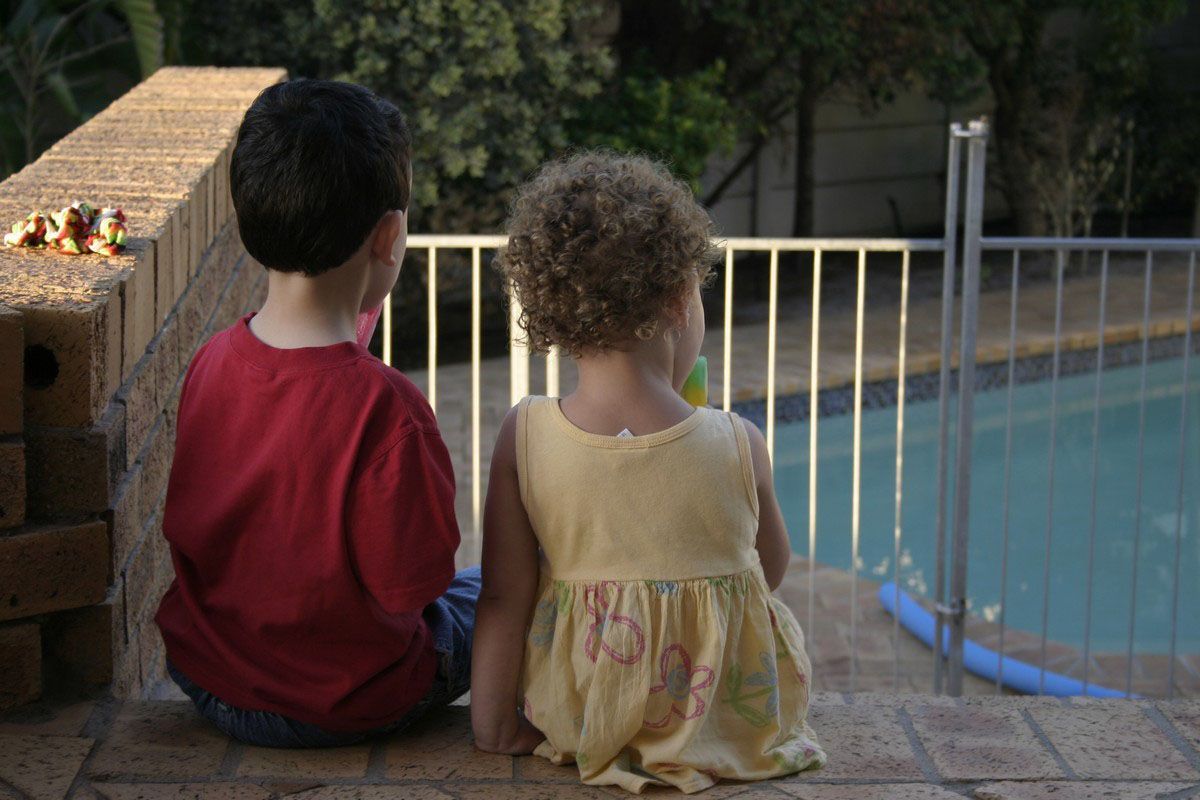
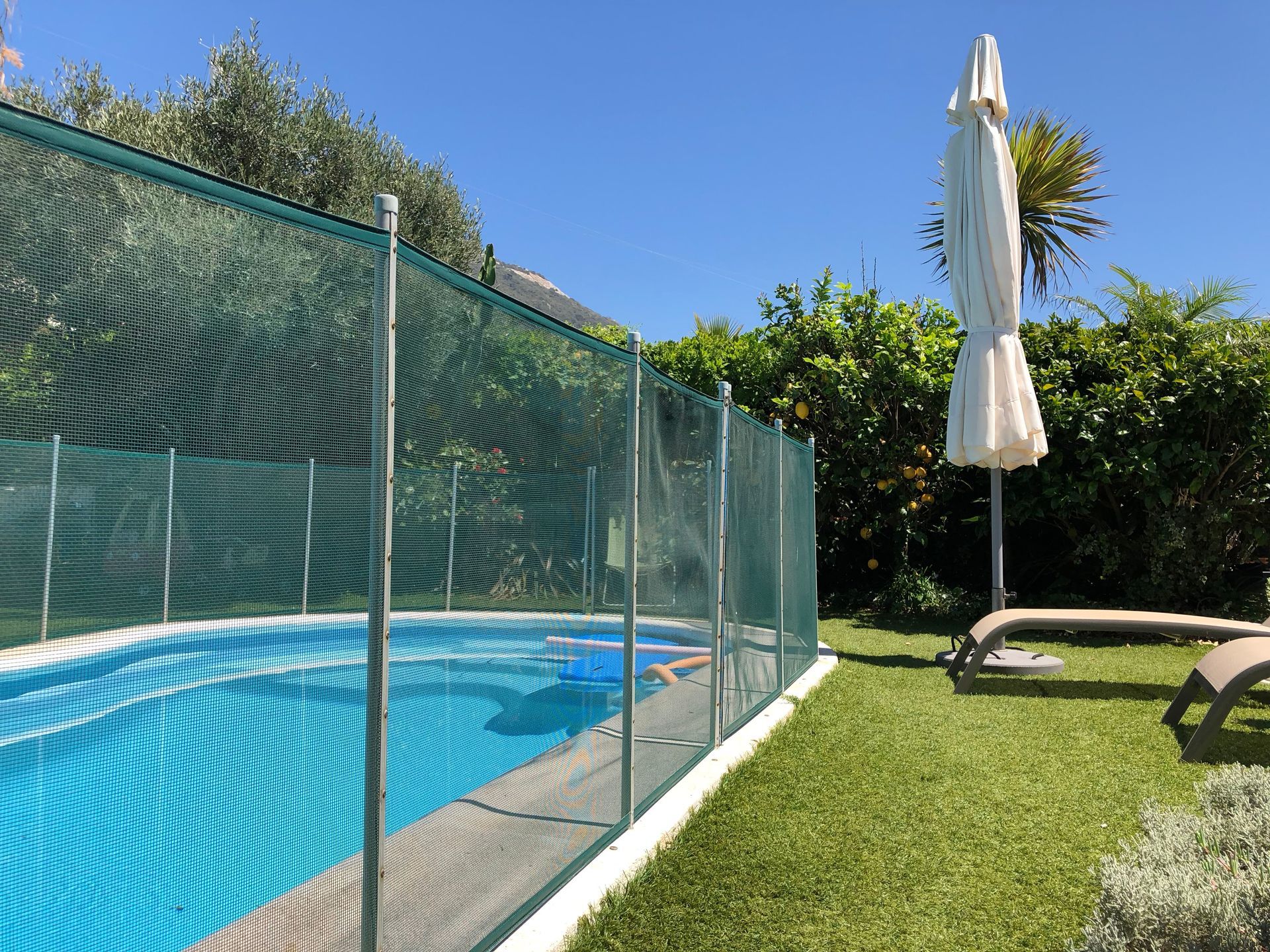
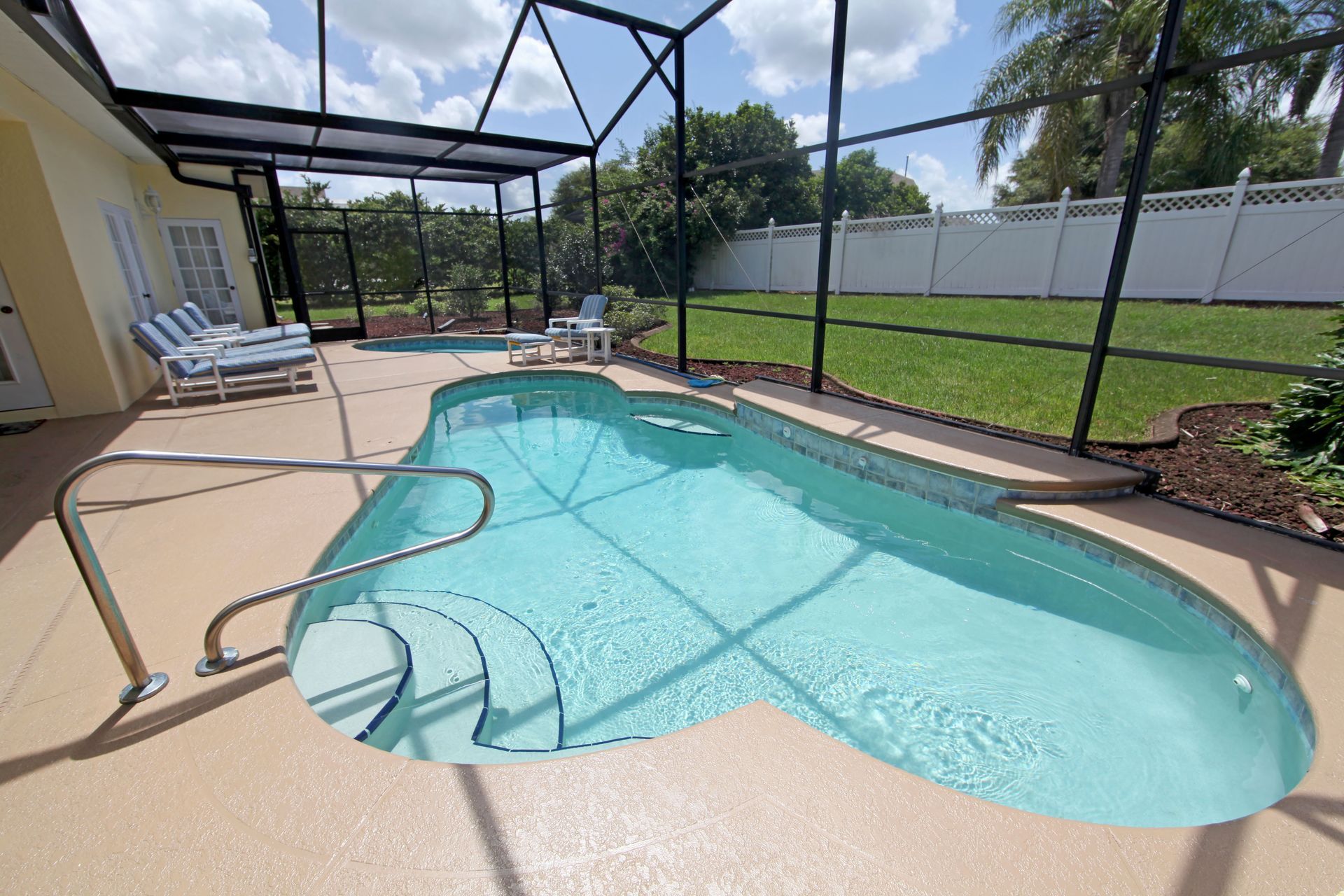
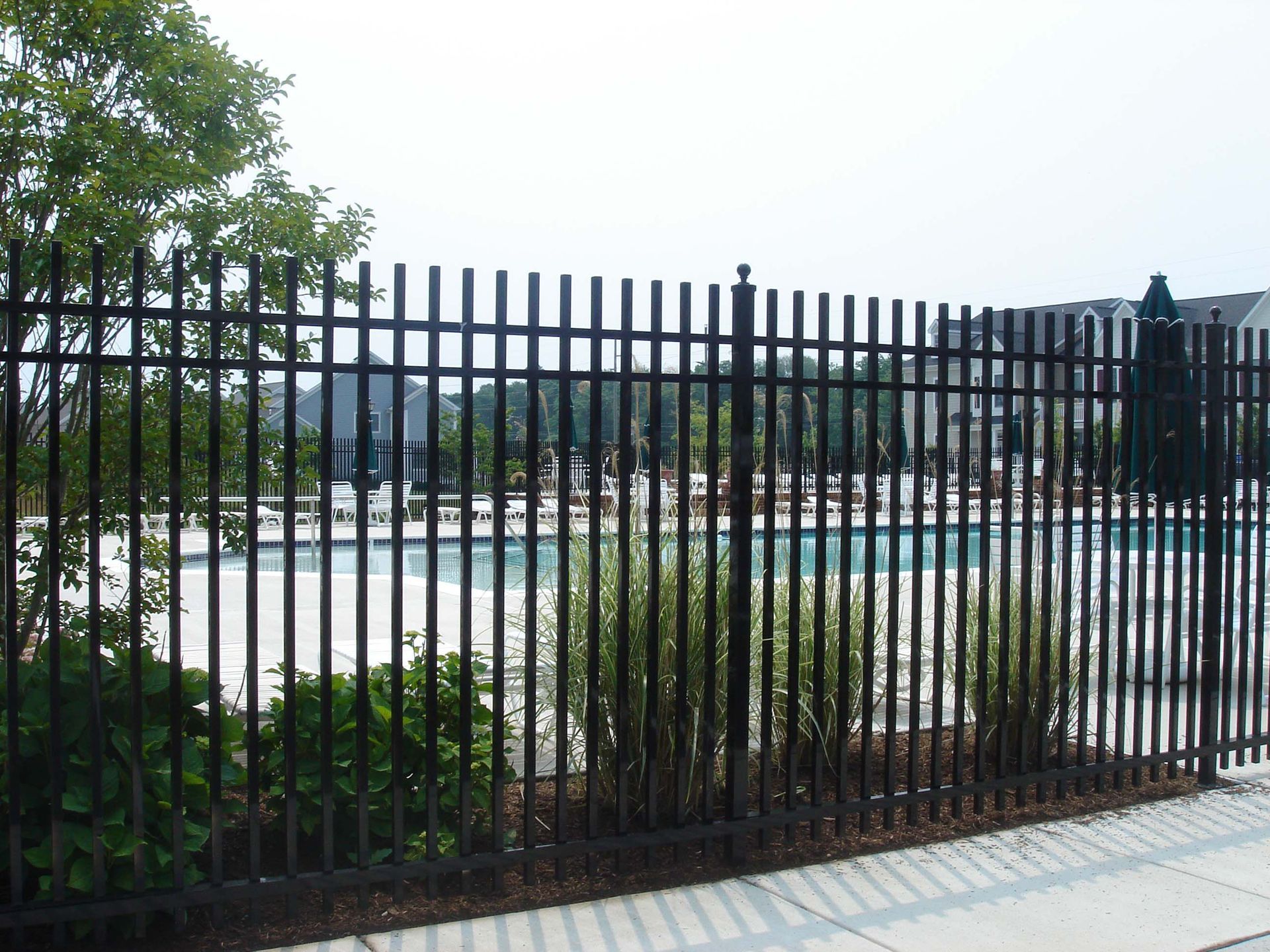
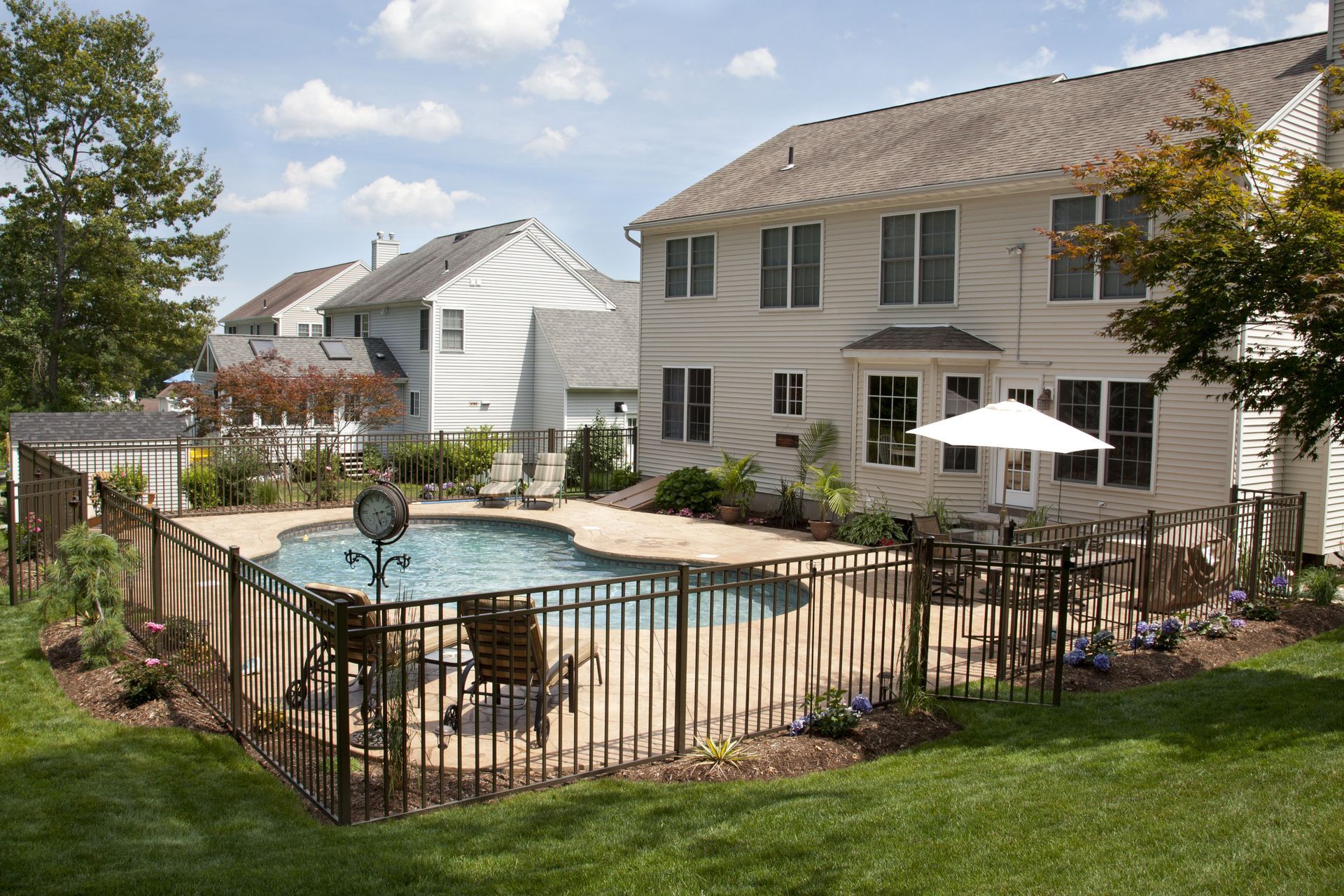
Share On: